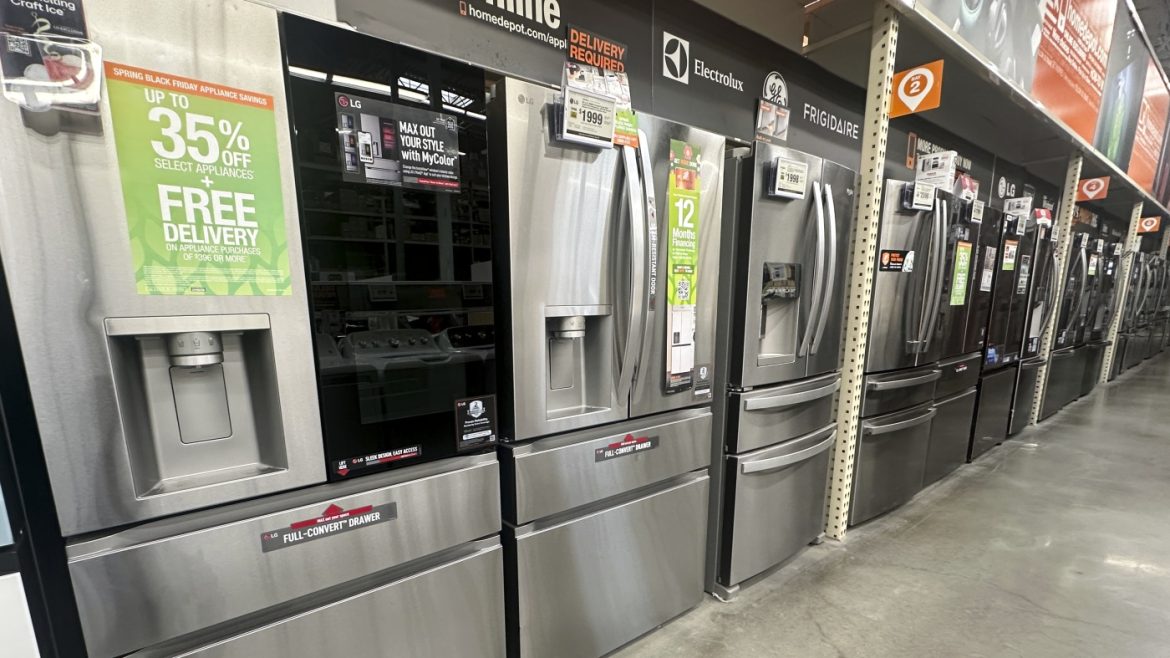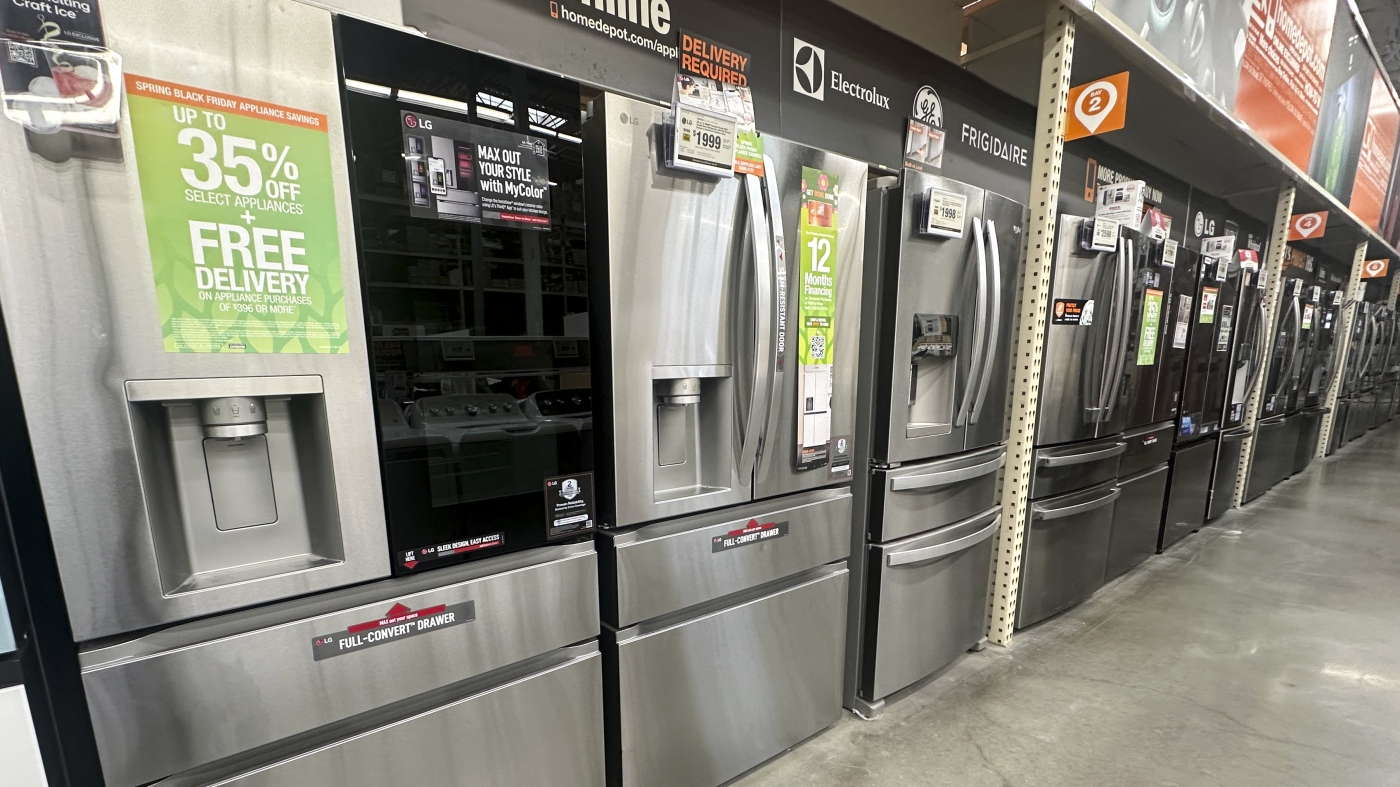Navigating Tariffs: Home Depot’s Strategy to Maintain Price Stability Amid Trade Challenges
Recent developments in trade policy, particularly the imposition of tariffs under the Trump administration, have created significant uncertainty and cost pressures across the retail sector. Amid this backdrop, Home Depot, a leading home improvement retailer, has distinguished itself by declaring that it will largely resist passing these additional costs to consumers through price hikes. This approach stands in contrast to other major retailers like Walmart and Target, who have indicated intentions to raise prices in response to tariff-related cost increases. A detailed examination of Home Depot’s stance reveals strategic adaptations, potential trade-offs, and broader implications for consumers and the retail landscape.
Home Depot’s Assurance: Stable Prices Despite Tariffs
Executives at Home Depot have consistently communicated that the company does not plan broad-based price increases caused by new tariffs on imported goods. This message was reinforced during the company’s quarterly earnings announcements, signaling a commitment to shielding customers from direct impacts of tariffs. CEO Ted Decker emphasized that Home Depot anticipates achieving a diversified sourcing strategy over the next 12 months, such that no single foreign country will represent more than 10% of their purchases, thus mitigating dependence on tariff-affected suppliers.
This position is notably different from Walmart, which has openly declared it must raise prices on various products due to tariffs. The contrast highlights how Home Depot leverages its scale, purchasing strategies, and product mix flexibility to absorb increased costs where possible, rather than transferring them to consumers immediately.
Strategic Maneuvers: Diversification and SKU-Level Analysis
Home Depot’s approach to tariff pressures involves a nuanced, data-driven examination of its product offerings at the SKU (Stock Keeping Unit) level. Rather than applying blanket price strategies, the company assesses the impact of tariffs individually for each product, identifying where the incremental costs can be absorbed, offset, or where adjustments are necessary.
This SKU-level strategy enables Home Depot to make selective decisions rather than broad sweeping price hikes. Some product options may be reduced or removed from shelves if tariffs make them uncompetitive or unprofitable at current price points. This indicates a willingness to trade variety or the availability of certain items to maintain overall price stability, preserving customer loyalty and competitive positioning in the home improvement market.
Moreover, Home Depot’s diversification of inventory sources beyond countries heavily impacted by tariffs helps buffer the effects. By spreading procurement risk across multiple international and domestic suppliers, the company reduces vulnerability to tariffs targeted at specific countries, such as China or Canada.
Trade-Offs: Price Stability Vs. Product Availability
While consumers benefit from Home Depot’s stance of avoiding widespread price increases, there are subtle trade-offs to consider. Some product lines or options may disappear from store shelves due to the financial unfeasibility of absorbing tariff-related import costs. This could translate into reduced selection, forcing customers to opt for alternate products or brands.
Additionally, while Home Depot’s current earnings reports show strong net income figures, the absorption of tariff costs may compress margins if external cost pressures persist or escalate. Maintaining price stability at the cost of margin shrinkage is a strategic decision that might not be sustainable indefinitely, especially if tariffs intensify or extended supply chain disruptions occur.
Broader Retail and Consumer Implications
Home Depot’s resistance to immediate consumer price impacts provides a competitive edge by enhancing perceived value. It signals confidence in long-term supply chain solutions and signals to consumers that the company prioritizes affordability despite external geopolitical tensions.
However, this strategy may also accelerate market consolidation. Smaller competitors with less scale and fewer sourcing alternatives may struggle under tariff-related cost pressures, unable to absorb expenses as effectively, potentially leading to reduced competition in the home improvement sector.
Meanwhile, shoppers are advised to expect that while overall prices may remain stable, specific product availability might be curtailed. Retailers balancing these pressures differently reflect the varying business models and supply chain capabilities across the sector.
Conclusion: Home Depot’s Calculated Balance in Turbulent Trade Waters
Home Depot’s decision to largely shield consumers from tariff-driven price hikes, while strategically managing SKU-level impacts and diversifying sourcing, reflects a calculated balance aimed at sustaining customer loyalty and preserving market share amid economic uncertainty. By resisting broad price increases, Home Depot distinguishes itself in a challenging retail environment where peers are raising prices and confronting shrinking margins.
Though this approach may result in trimmed product assortments and squeezed profit margins, maintaining price stability sends a powerful signal to consumers and investors alike about Home Depot’s resilience and adaptability. As tariffs continue to shape the retail terrain, Home Depot’s experience offers insight into how scale, strategic sourcing, and granular operational analysis can help companies navigate fiscal headwinds while protecting the consumer experience.


